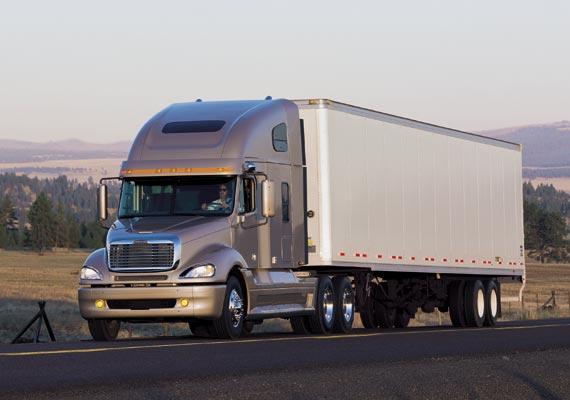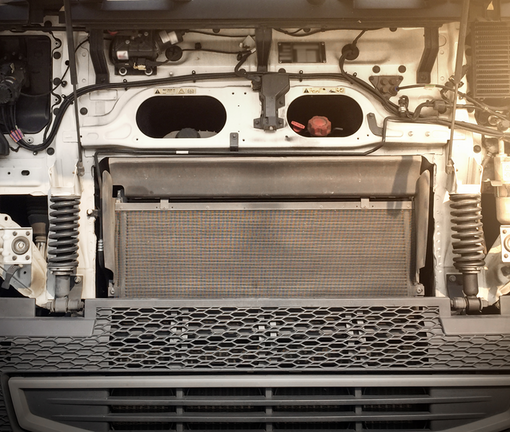Originally appeared in Fleet Owner
It was just one year ago that companies were worried about “The Great Resignation” and “quiet quitting.” In February last year, the U.S. Chamber of Commerce reported that “more than 47 million workers quit their jobs.”
Once the pandemic abated, the jobs market became an employee-driven market rather than an employer-driven market. One of the aftereffects of COVID-19 was the attitudinal change in workers. Many wanted more from their employment than just a paycheck. In addition, the move to remote work gave people a different understanding of the work-life balance.
The employment picture has changed. It’s true that there are still more job openings than workers to fill them, but that number has dropped considerably. Unemployment stands at 3.9%, and companies have started to institute layoffs. “The Great Resignation” is officially over, according to a Fortune magazine article. When it comes to “quiet quitting,” that situation where workers remain on the job but do the bare minimum to retain their position, still remains a problem. Gallup’s 2023 “State of the Global Workplace” report found that quiet quitters made up 59% of the global workforce.
What this all means for fleets
Unfortunately, the shortage of workers in our industry is not a new problem. Getting good people with the right skill sets is increasingly difficult. In addition, unlike other businesses, fleets can’t just move people around to fill the gaps. A person can’t get a job as a driver or diesel technician if they have neither the skill sets nor the CDL certification.
As our current workforce of drivers and technicians continues to “age out,” fleets need to find ways to attract good, qualified workers. Once these workers are hired, it is also incumbent on these same companies to find ways to retain them. Companies need to nurture their existing workforce and create a sense of loyalty that will keep them. It’s important to remember that there is immense value in retaining your best workers as a way to keep your business steady.
There are steps fleet owners and managers can take to keep workers satisfied and committed to the organization. Here is just a small sampling:
- Professional development: Some companies are so focused on attracting and retaining millennials and Gen Z that they forget that their older and likely more loyal workers want the same opportunity to move forward and upward as do their younger colleagues. Offer ongoing training to drivers and technicians so they can keep up with new diagnostic equipment and tools. Since trucks continue to become ever more complex and rely increasingly on advanced technology, your diesel techs need to be on top of all these changes. You need to do the same for your drivers who are often the first to spot where issues may occur.
- Reassessing hiring procedures and protocols: Something as straightforward as simplifying the application process can help increase candidate interest. If your application process is too cumbersome, good people will go elsewhere. This is especially true for Gen Z workers, who are 25 years old and younger. A generation that has grown up on TikTok, Instagram, and other social media is used to immediate gratification. Your application process needs to be quick, convenient, and mobile-friendly.
- Recruiting technicians: Technician jobs are often the toughest to fill due to a lack of qualified applicants. Part of the problem is the image that most people have of the job. Yet for today’s techs, a laptop is one of the most important tools in their toolbox. This should help in recruiting younger, tech-oriented applicants. It’s also important to advertise where this younger generation spends its time, so a strong social media presence is essential. Some fleets are thinking outside the box and creating their own apprenticeship programs.
- Building driver loyalty: It’s not just about a salary these days, although salary and benefits still matter. Drivers want satisfaction that goes beyond a paycheck, including a better work-life balance. Offering flexible hours or scheduling routes that allow more time at home is an effective way to attract younger drivers. As with techs, younger drivers are attracted to jobs that utilize new technology, and today’s trucks definitely do that. Keep communication lines open since younger workers crave acknowledgment and the ability to offer feedback.
What is clear is that fleets are going to continue to face challenges for the foreseeable future. Those who are ready to think outside the box or simply find ways to respond to employee concerns and desires will find themselves in a much better position.





